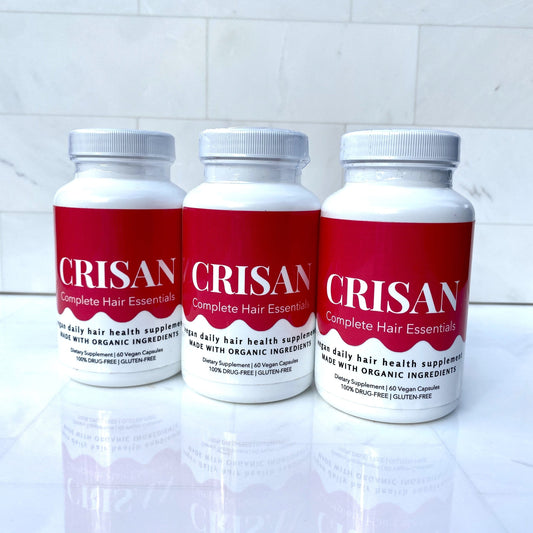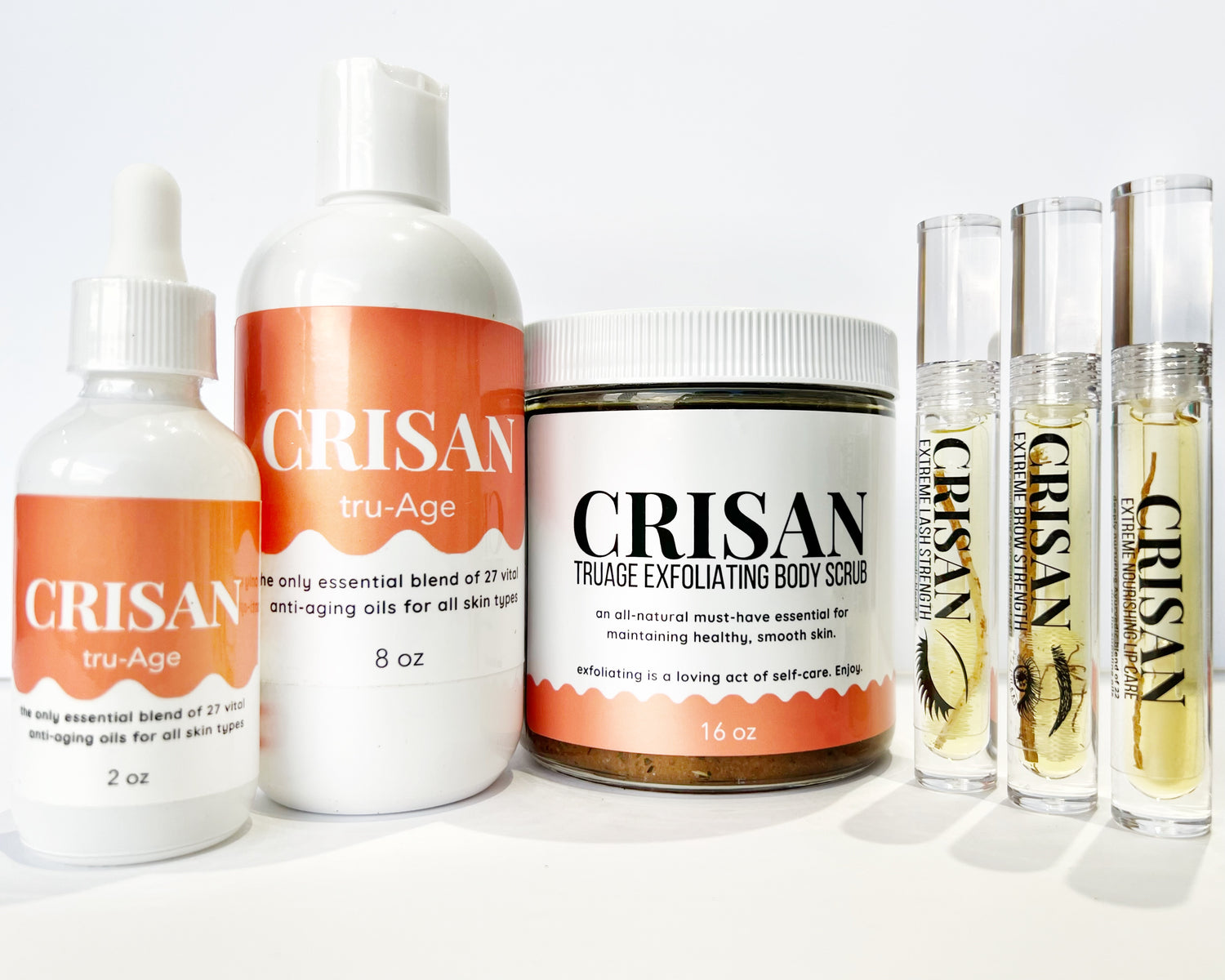Hair loss is a common condition that can be caused by several factors which can include hormonal imbalances. Testosterone is a hormone that plays a role in hair growth. An excess of testosterone can lead to hair loss, and this can be treated with medication or surgery.
Complex weave
The connection between testosterone and hair loss is not straightforward. There is a common belief that bald men have high levels of testosterone, but is this accurate?
According to the National Institutes of Health (NIH), male pattern baldness, or androgenic alopecia, affects about 50 million men and 30 million women in the United States. Hair loss is caused by hair follicles shrinking and interrupting the growth cycle. New hairs become finer and thinner until there are no hairs left and the follicles stop growing. Hormone imbalances and specific genes are responsible for this hair loss.
Different types of testosterone
Testosterone is found in the human body in a variety of forms. "Free" testosterone is not bound to proteins in the body and is therefore more readily available to interact with molecules within the body. The form of testosterone that is most readily accessible to act inside your body is bound to albumin, a blood protein. Testosterone that isn't bound to the sex hormone-binding globulin protein is considered active. If you have a low level of SHBG, more free testosterone is available in your bloodstream. Dihydrotestosterone (DHT) is an androgen made from testosterone by an enzyme; it's five times more potent than testosterone itself. The body primarily uses DHT in the prostate, skin, and hair follicles.
What Baldness Looks Like
Male pattern baldness (MPB) is characterized by a receding hairline at the front and sides of the head, forming an M shape. This is frontal baldness. The crown of the head can also become bald as well As eventually join into a U shape. MPB can even spread to chest hair, making it thinner over time. It's strange how different areas of our bodies respond differently to hormonal changes--for example, facial hair growth might improve while other parts go bald.
DHT: The hormone that causes hair loss
Dihydrotestosterone, or DHT, is a molecule that's created from testosterone by an enzyme called 5-alpha reductase. It can also originate from DHEA, which is more predominant in females. Once produced, this androgen works throughout the body but is especially active in skin tissue, hair follicles, and the prostate gland. It's believed to play a role in pattern baldness as well as benign prostate hypertrophy--a noncancerous enlargement of the prostate gland.
DHT and other conditions
There is some evidence that baldness and prostate cancer, as well as other illnesses, are linked. According to Harvard Medical School, men with vertex baldness have a 1.5 times higher chance of developing prostate cancer than those without bald patches. Men who had vertex balding areas had a 23% increased risk of developing coronary artery disease. Researchers are still looking for any links between DHT levels and metabolic syndrome, diabetes, and other diseases.
It’s your genes
It's not the amount of testosterone or DHT that causes hair loss; it's the sensitivity of your hair follicles. This sensitivity is determined by genetics. The AR gene produces a receptor on your hair follicles that interacts with testosterone and DHT. If your receptors are particularly sensitive, even little amounts of DHT can activate them, resulting in more rapid baldness. Other genes may also play a role.
Although other aspects such as age and stress can affect hair loss, genes are the most significant influence. Men who have close male relatives suffering from MPB are much more likely to develop MPB themselves.
Myths about hair loss: virility and baldness
There are a lot of misconceptions about balding men. One of them is that MPB males are more virile and have higher testosterone levels. This isn't always the case. Men with MPB can have lower circulating testosterone levels, but they may also have greater amounts of the enzyme that transforms testosterone to DHT. Alternatively, you might have genes that create hair follicles that are highly responsive to hormones like testosterone or DHT.
Hair loss in women
Hair loss in women is caused by androgenetic alopecia. Although female levels of testosterone are lower than those of males, there is enough to potentially induce androgenetic hair loss. Female pattern hair loss (FPHL) is caused by DHT's effect on hair follicles, as well. a different sort of thinning occurs. Thinning appears over the top of the scalp in a "Christmas tree" pattern, but the front part does not retreat. Hair thinning associated with female pattern baldness (FPB) can also be attributed to DHT action on hair follicles.
Treatments for hair loss
There are numerous ways to treat MPB and FPHL that all focus on disrupting testosterone and DHT's actions. An example drug is Finasteride (Propecia) which inhibits the 5-alpha reductase enzyme transformation of testosterone into DHT. Its use is considered dangerous for women who may become pregnant, and there are reports of sexual side effects in both men and women.
Besides dutasteride, another 5-alpha reductase inhibitor called Avodart is being considered as a potential MPB treatment. It's already available for treating an enlarged prostate.
Other hormone-free options include:
- minoxidil (Rogaine)
- ketoconazole
- laser treatment
- surgical hair follicle transplant






















